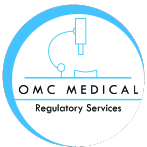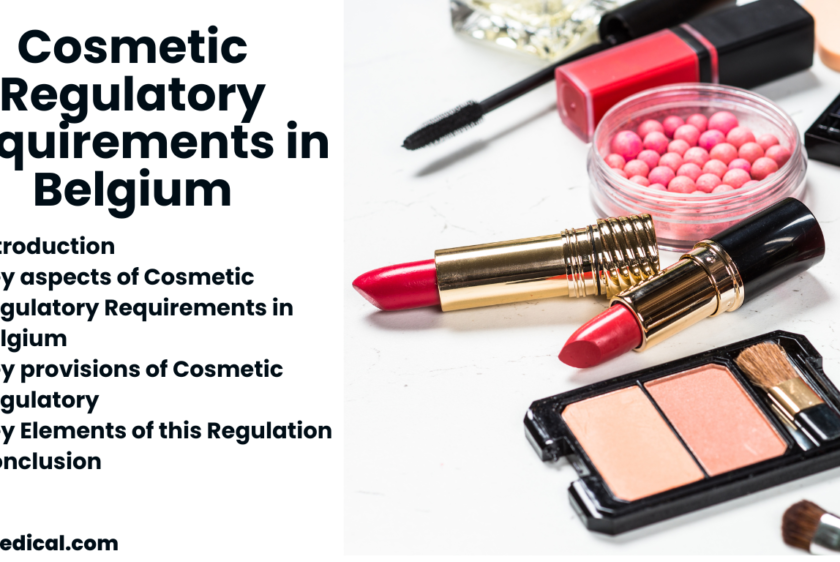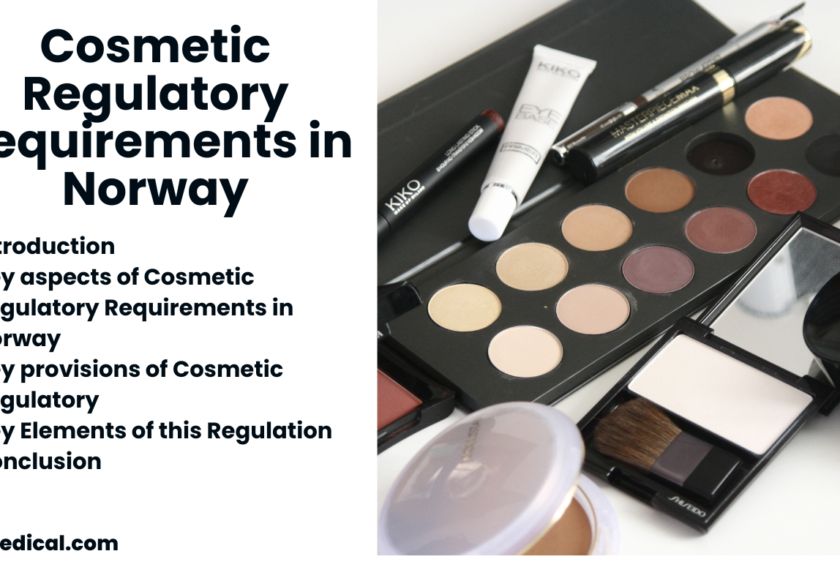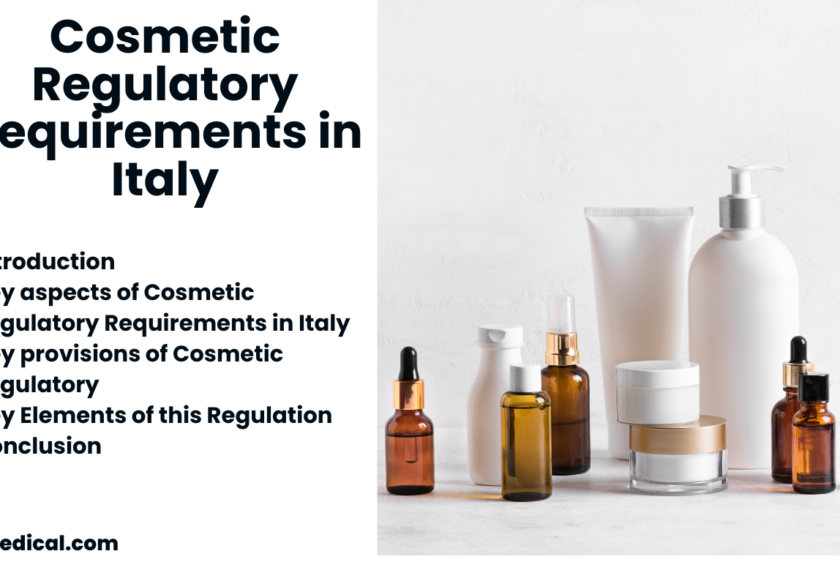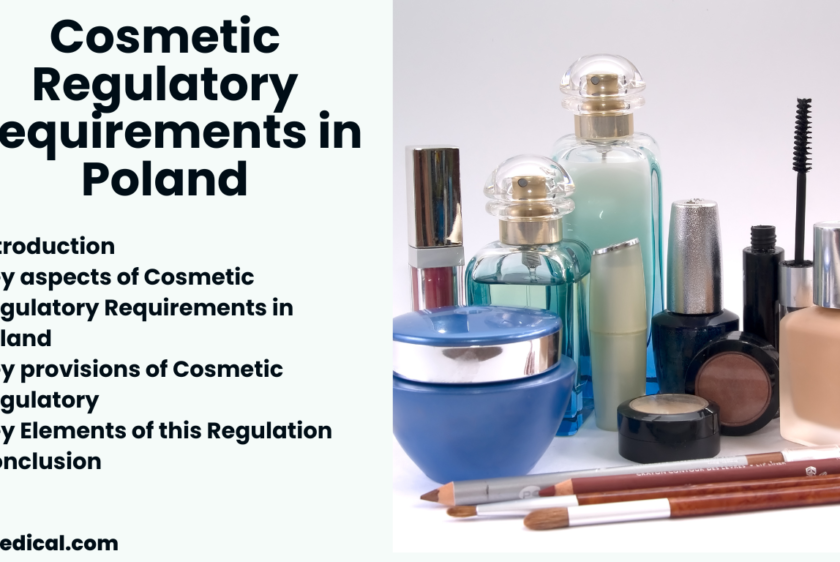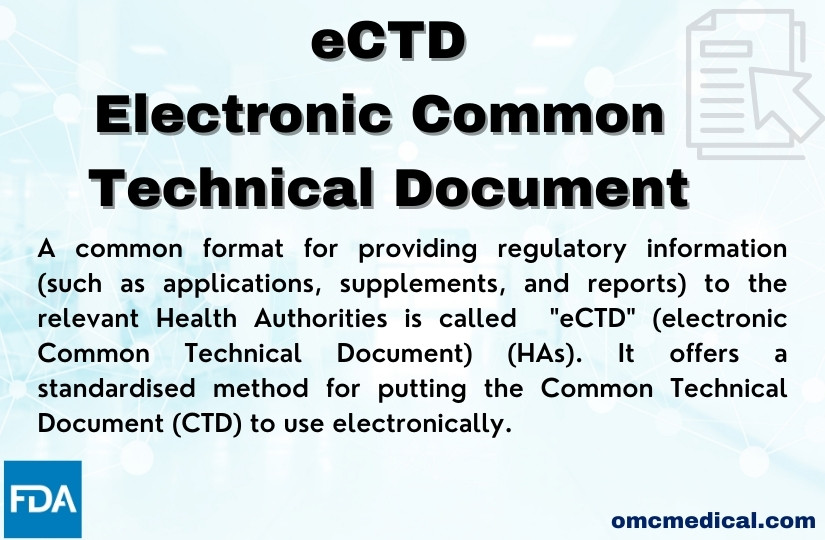Cosmetics
Cosmetic Regulatory Requirements in Belgium follows the EU regulation (Regulation (EC) No 1223/2009) without additional national requirements for cosmetics. Federal Agency for Medicines and Health Products (FAMHP) In Belgium, the regulatory authority responsible for overseeing cosmetic products is the Federal Agency for Medicines and Health Products (FAMHP). The FAMHP ensures that cosmetic products available on the Belgian market comply with the EU regulation and national laws. Language Requirem...
Cosmetic Regulatory Requirements in France
Cosmetic Regulatory Requirements in France are regulated under European Union (EU) legislation, specifically Regulation (EC) No 1223/2009 on cosmetic products. The French National Agency for Medicines and Health Products Safety (ANSM) oversees cosmetic products. France has a well-established history in the cosmetics industry and may have more rigorous enforcement practices. French National Agency for Medicines and Health Products Safety (ANSM) In France, the regulatory authority responsible for...
Cosmetic Regulatory Requirements in Norway
Cosmetic Regulatory Requirements in Norway are regulated under the framework of the European Economic Area (EEA) agreement, which aligns Norwegian regulations closely with those of the European Union (EU). The primary regulation governing cosmetics within the EEA, including Norway, is Regulation (EC) No 1223/2009 on cosmetic products. Norwegian Medicines Agency (NoMA) In Norway, the regulatory authority overseeing cosmetic products is the Norwegian Medicines Agency (NoMA). NoMA is responsible fo...
Cosmetic Regulatory Requirements in Spain
Spain follows the European Union (EU) regulations for cosmetics, primarily governed by Regulation (EC) No 1223/2009. This regulation ensures the safety and compliance of cosmetic products marketed within the EU, including Spain. Spanish Agency for Medicines and Health Products (Agencia Española de Medicamentos y Productos Sanitarios, AEMPS) The regulatory authority responsible for overseeing cosmetic products in Spain is the Spanish Agency for Medicines and Health Products (Agencia Española de...
Cosmetic Regulatory Requirements in Denmark
Cosmetic Regulatory requirements in Denmark adheres to the EU regulation (Regulation (EC) No 1223/2009). The Danish Environmental Protection Agency (EPA) is the responsible authority for cosmetic regulations and compliance. Danish Environmental Protection Agency (EPA) The Danish EPA is the regulatory authority responsible for the oversight of cosmetic products in Denmark. The EPA ensures that products on the Danish market comply with the EU regulation and conducts market surveillance to enforce...
Cosmetic Regulatory Requirements in Italy
Italy adheres to the EU regulation (Regulation (EC) No 1223/2009). The Italian Ministry of Health oversees the regulation of cosmetic products in the country. Italian Ministry of Health In Italy, the oversight and enforcement of cosmetic regulations are managed by the Italian Ministry of Health (Ministero della Salute). This authority works in collaboration with the Istituto Superiore di Sanità (ISS), the national institute of health, to ensure compliance with EU regulations and to address spec...
Cosmetic Regulatory Requirements in Poland
Poland regulates cosmetic products under the framework of the European Union (EU) legislation, specifically adhering to Regulation (EC) No 1223/2009 on cosmetic products. This regulation ensures the safety and compliance of cosmetics placed on the market within the EU, including Poland. Key Aspects of Cosmetic Regulatory Requirements in Poland Chief Sanitary Inspectorate (GIS) In Poland, the regulatory authority responsible for overseeing compliance with cosmetic regulations is the Chief Sanitar...
Understanding Borderline Cosmetics in the EU
Understanding the distinctions between product classes within the European cosmetics landscape can be complex and ambiguous, often requiring input from authoritative bodies. Certain products may share similarities but fall under different regulatory frameworks. When products straddle these frameworks, they’re termed “borderline” by the European Commission (EC). Clear comprehension of a product category is vital to determine the regulatory requisites for the specific market. Dif...
eCTD- Electronic Common Technical Document
eCTD-an overview In today’s economy, life science companies are seeking for strategies to continue growing despite impending patent expirations, increasing generic competition, and rising drug development costs. The International Conference on Harmonization (ICH) created the Common Technical Document (CTD), which is quickly replacing other submission formats as the preferred or compulsory one by regulators in the major global markets and beyond. In Europe, Japan, and Canada, the CTD has be...
